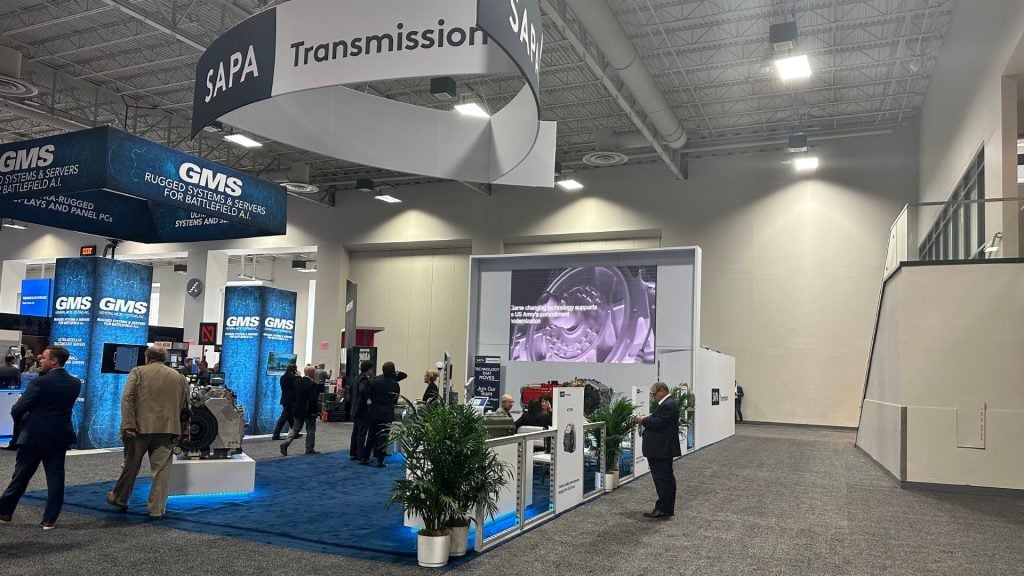
Introduction
Trade shows can be wasteful—think banners, brochures, and giveaways that are often discarded after the event. But modern brands are increasingly shifting toward sustainable practices to align with evolving consumer values. Sustainability is no longer just a buzzword; it’s a competitive advantage. For marketing managers, this presents a unique opportunity to showcase eco-friendly efforts while still creating a memorable booth experience.
Let’s explore how you can build a sustainable brand presence at trade shows and leave a lasting impression—on attendees and the planet.
Pre-Event: Sustainable Planning and Communication
A sustainable strategy begins well before the trade show. The planning phase is where you can lay the foundation for environmentally conscious participation.
1. Choose Eco-Friendly Booth Materials
Instead of relying on single-use plastic or vinyl, consider reusable or biodegradable materials for your booth. Modular booth designs made from bamboo, recycled aluminum, or fabric panels are not only eco-friendly but can also be reused at future events.
- Pro Tip: Modular booths also save shipping costs and reduce your carbon footprint by being more compact.
2. Create a Paperless Marketing Strategy
Trade shows often involve distributing brochures, flyers, and catalogs—but you can reduce paper use by going digital. Share QR codes that link to online product catalogs or presentations, and use email follow-ups instead of printed materials.
- Example: Offer attendees the option to download e-brochures by scanning a code directly at your booth.
3. Promote Sustainability on Social Media
Generate pre-event buzz by sharing your sustainable initiatives on social media. Highlight your eco-conscious booth design, giveaways made from recycled materials, or your commitment to reducing waste. This not only aligns with consumer values but also attracts like-minded attendees to your booth.
On the Floor: Deliver an Eco-Friendly Experience
Once the event is underway, your booth should reflect your brand’s sustainability values through thoughtful design and visitor interactions.
1. Offer Sustainable Swag
Giveaways are still effective—if done right. Swap out plastic trinkets for useful, eco-friendly items like reusable water bottles, seed paper notebooks, or biodegradable pens. You could also offer digital perks, such as discounts or free online content, as a more sustainable alternative.
- Pro Tip: Include a brief story about your giveaway items, sharing how they were sustainably sourced or created.
2. Reduce Energy Use
Set up your booth with energy efficiency in mind. Use LED lighting or solar-powered displays wherever possible. If your booth has screens or tech elements, set them to power-saving modes to minimize energy consumption.
- Example: Some exhibitors install mini solar panels to power small displays or charging stations, impressing visitors with their commitment to sustainability.
3. Engage Visitors with Green Initiatives
Incorporate interactive activities that promote sustainability, like recycling challenges or plant giveaways. Attendees could participate in eco-themed quizzes, with winners receiving carbon offsets or donations made in their name to environmental organizations.
- Pro Tip: Use a leaderboard to highlight participants in real time, encouraging more visitors to join your green activities.
Post-Event: Extend Your Sustainability Message
Your commitment to sustainability shouldn’t end with the event. A strategic post-event plan helps maintain momentum and reinforces your brand values.
1. Reuse or Donate Booth Materials
Instead of discarding booth elements, look for ways to reuse or donate materials. Partner with local organizations to repurpose leftover displays or furniture, minimizing waste and giving back to the community.
2. Send Personalized Digital Follow-Ups
Follow up with attendees digitally to avoid additional paper waste. Personalize your emails by referencing any sustainable initiatives they engaged with at your booth. If attendees participated in eco-friendly activities, share impact metrics, such as the amount of waste reduced or carbon offsets purchased.
- Example: “Thanks for visiting our booth! Together, we helped offset 50kg of carbon emissions through your participation.”
3. Measure Your Sustainability Impact
Evaluate the effectiveness of your sustainable efforts by tracking metrics such as waste reduction, recycled materials used, or energy savings. Share these results on social media or in post-event communications to demonstrate transparency and accountability.
Conclusion: Sustainability as a Brand Differentiator
Adopting sustainable practices at trade shows isn’t just about doing the right thing—it’s about standing out in a crowded marketplace. As consumers and businesses become more eco-conscious, a sustainable presence can elevate your brand and position you as an industry leader. By planning ahead, engaging visitors with green initiatives, and following through with post-event efforts, you can build meaningful connections with attendees and align your brand with values that matter. Sustainability isn’t just a trend—it’s the future. So, why not start building it into your trade show strategy today?


 Global
Global Europe
Europe

